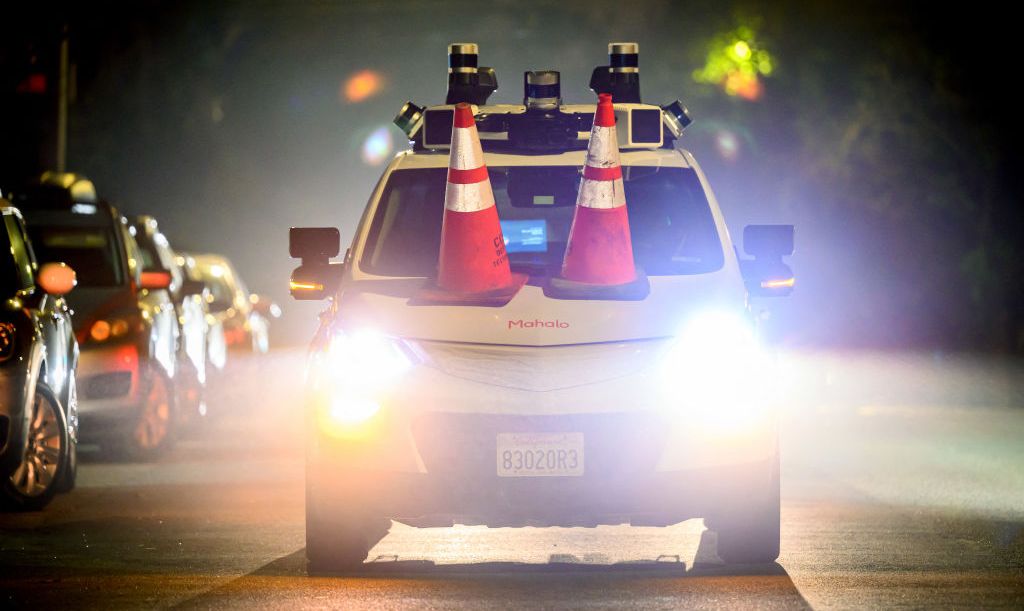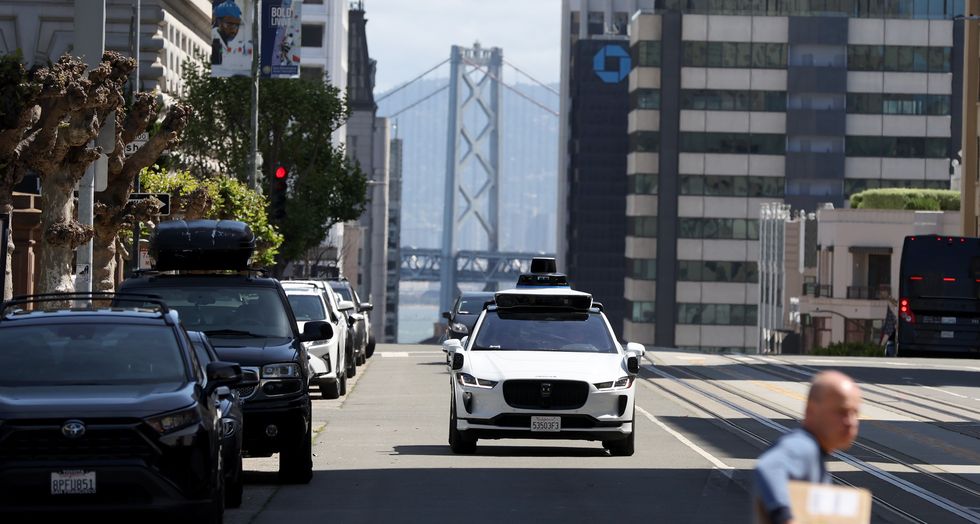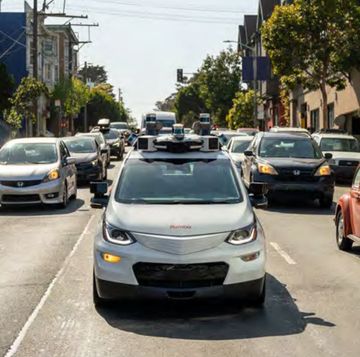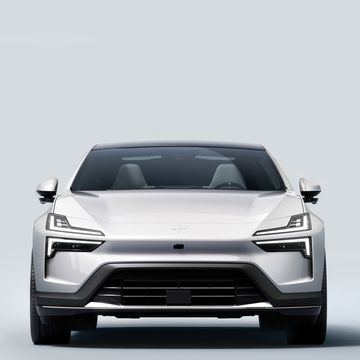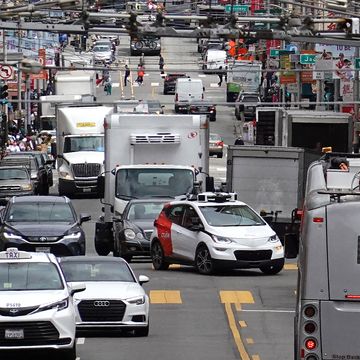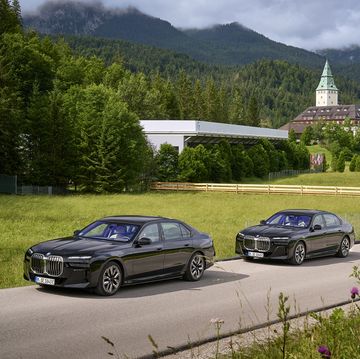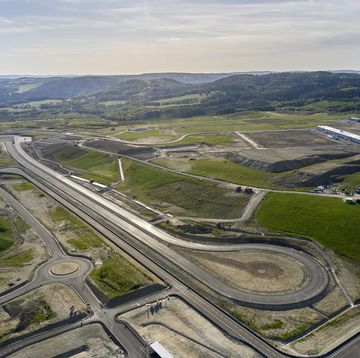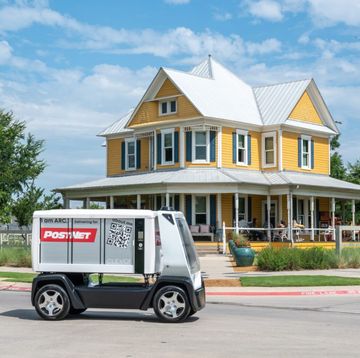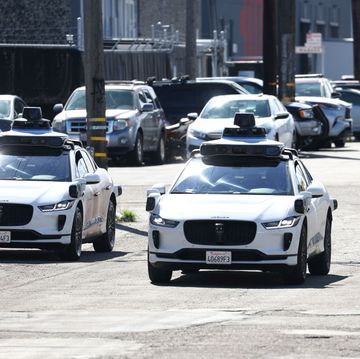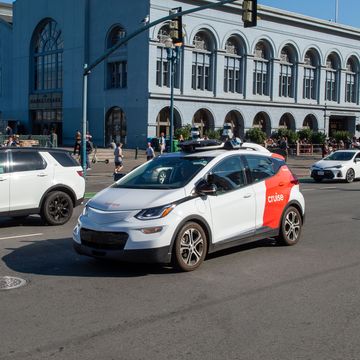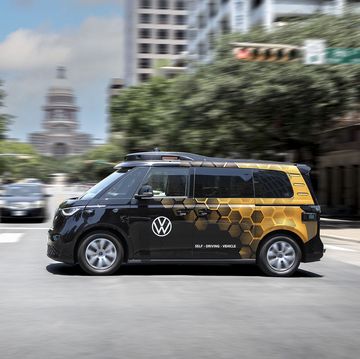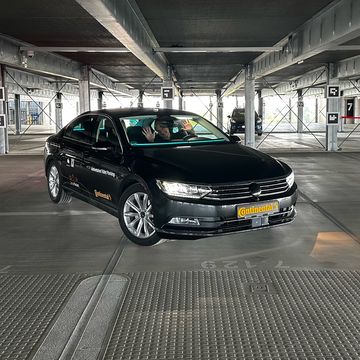- California Public Utilities Commission issues approvals for Waymo and Cruise to operate robotaxis in San Francisco on a 24/7 basis, instead of overnight hours.
- A public hearing on the issue drew a variety of comments from residents and other stakeholders, as issues with robotaxi interactions in traffic were noted.
- A wider commercial rollout of robotaxi tech is currently under way in several cities after years of testing, but questions about the long-term commercial viability and effect on the ride-hailing industry remain.
After spending a decade or more in development, driverless robotaxis had started appearing in a few limited locations a couple of years ago, first as test vehicles with drivers on board. A few years after those early steps, companies launched limited services for their employees in cities like San Francisco, without paying customers on board, and usually during the overnight hours to reduce mingling in traffic.
That's about to change as autonomous tech developers and operators Waymo and Cruise have received permission from the California Public Utilities Commission to operate robotaxi services in the city of San Francisco for paying customers 24 hours a day. In a 3-to-1 vote, the Commission approved robotaxi operations in the city at all hours, not just at night, paving the way to a wider rollout of driverless and geofenced Level 4 tech.
It's major victory for robotaxi companies, and it came after a heated and contested public hearing that lasted half a day, with the Commission listening to the varied opinions of local residents.
The commission's vote can be viewed as one of the last major steps to robotaxi operations going mainstream, at least in the city of San Francisco. The Commission pointed out that in addition to its approval, Cruise and Waymo also had to obtain Autonomous Vehicle Deployment Program Permits from the California Department of Motor Vehicles, and remain in good standing.
The Robotaxi Controversy
So both companies had to meet a number of regulatory requirements from the city and the state to be cleared for 24/7 operations, with the clearance applying only to Waymo and Cruise.
Over the past few months of operations, the robotaxis themselves had caused some controversy, and no shortage of local news stories about each noticeable instance of malfunction. In the age of camera phones, many traffic mishaps encountered or caused by robotaxis were recorded, with the autonomous vehicles becoming a curiosity for visitors to the Bay Area and local residents, as well as the targets of activist groups opposed to their presence.
Fortunately for Cruise and Waymo, those mishaps could mostly be placed in the category of fender benders or instances of blocked traffic, caused by a robotaxi freezing up on road and refusing to move. In some ways these scenes resembled the early days of automobiles mixing with horse-drawn traffic and attracting onlookers with every snafu.
Some activists have discovered that placing traffic cones on the hoods of robotaxis will cause them to freeze up in traffic—dubbed the Cone of Shame, as the image at the top shows. Waymo has called these acts a form of vandalism.
Perhaps understanding the inevitable teething issues of such a technology, the commission noted some remaining gaps in current knowledge.
"While we do not yet have the data to judge AVs against the standard human drivers... I do believe in the potential of this technology to increase safety on the roadway," said CPUC Commissioner John Reynolds.
One of the more publicized incidents in the past few months involved robotaxis not yielding to fire trucks, ambulances, and police cars, prompting a very public rebuke of the technology from the city's fire chief in the pages of the Los Angeles Times. The San Francisco Fire Department has cited dozens of instances of robotaxis freezing in place, blocking streets as crews respond to emergencies, or getting too close to an active fire scene, as the Times notes.
Cruise and Waymo, for their part, have offered training to first responders for instances in which robotaxis become stranded or block traffic.
"Collaboration between key stakeholders in the industry and the first responder community will be vital in resolving issues as they arise in this innovative, emerging technology space," Reynolds added.
New issues with robotaxis can be expected to pop up as the companies expand their operations to other cities. Just in the past month alone, Cruise has announced it will begin mapping Miami in preparation for launching a fleet there, after taking similar steps in Austin, TX; and Phoenix, AZ.
Waymo, meanwhile, expanded its operations to Los Angeles in late 2022 but has not launched 24/7 service on the level seen in much smaller downtown San Francisco.
While regulatory hurdles for each city and state will be different, a greater hurdle will involve actually profitable operations. At the moment, robotaxis are definitely not competing with human ride-hailing drivers when it comes to the cost of operations, given the expensive hardware in the cars themselves, not to mention the billions spent on development over the course of the past decade.
Despite the gradual declines in the cost of hardware such as LiDAR sensors, the industry remains far from undercutting humans driving their own cars in economic terms no matter how much the ride-hailing industry wants to see this happen.
That's a larger automation shift that has yet to occur in this industry, but could already be in its early stages.
Will robotaxis become commonplace in this decade in major cities, or will this process take longer? Let us know your thoughts.

Jay Ramey grew up around very strange European cars, and instead of seeking out something reliable and comfortable for his own personal use he has been drawn to the more adventurous side of the dependability spectrum. Despite being followed around by French cars for the past decade, he has somehow been able to avoid Citroën ownership, judging them too commonplace, and is currently looking at cars from the former Czechoslovakia. Jay has been with Autoweek since 2013.
